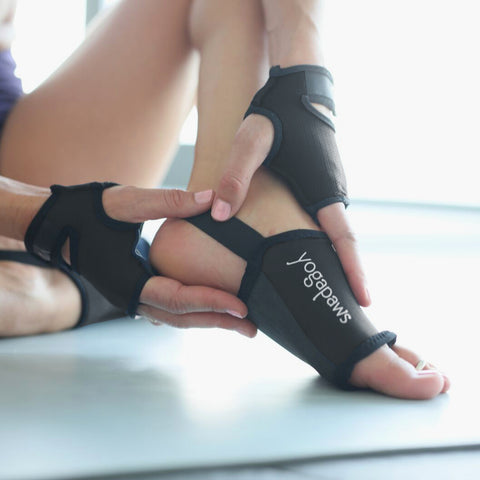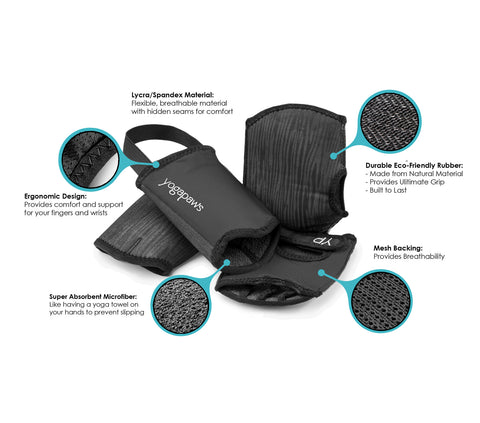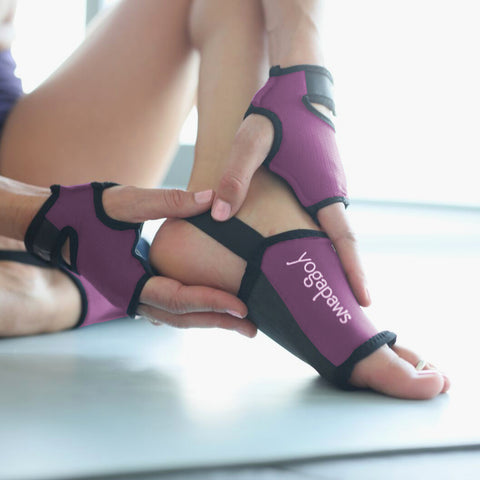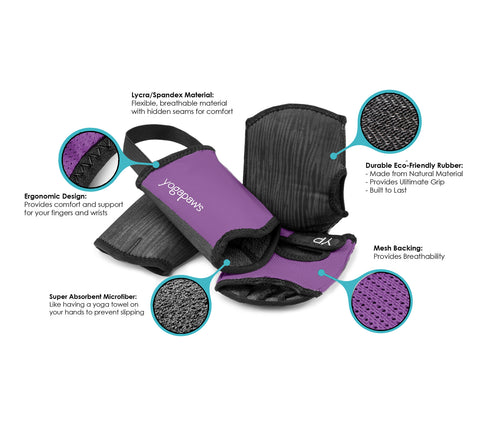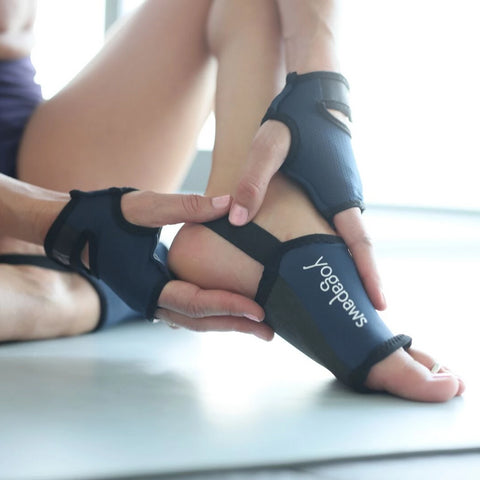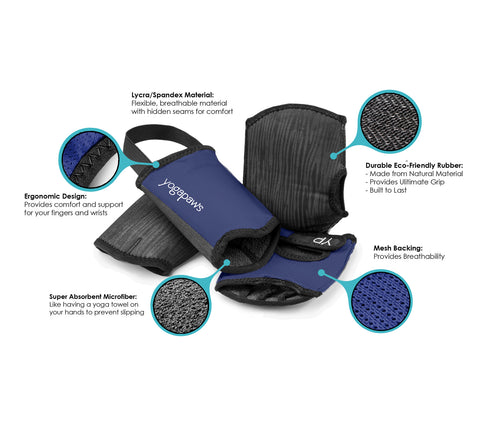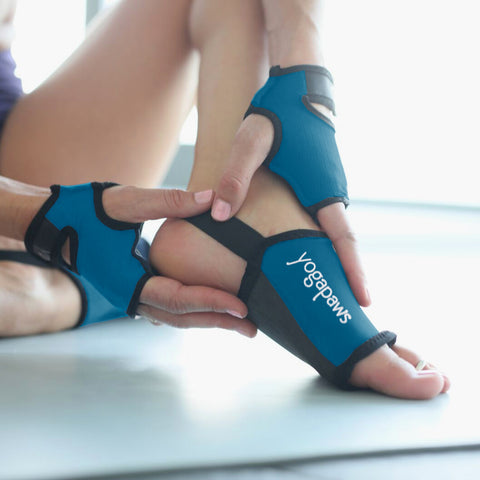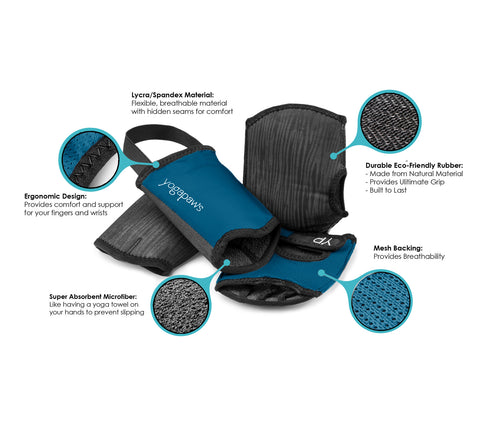Posted on April 30 2018
 When your teacher offers options to deepen a pose, he or she will probably say something along the lines of “try this if it’s available to you today.” Sometimes, it’s not that easy to look over at the next student, see them doing the “harder” variation and not want to copy that, even if you know you shouldn’t. Resisting that urge is probably the most familiar aspect of acceptance you explore in your practice. You learn how to tell yourself to close your eyes to the rest of the room and tune into what feels good for your body, right now.
When your teacher offers options to deepen a pose, he or she will probably say something along the lines of “try this if it’s available to you today.” Sometimes, it’s not that easy to look over at the next student, see them doing the “harder” variation and not want to copy that, even if you know you shouldn’t. Resisting that urge is probably the most familiar aspect of acceptance you explore in your practice. You learn how to tell yourself to close your eyes to the rest of the room and tune into what feels good for your body, right now.
The first vital thing to realize about acceptance is that you shouldn’t feel like it translates to an awareness of your limitations. Instead, it means opening your eyes, mind, and heart to celebrating all the things you can do, on or off the mat. For example, if you are attempting Bakasana (Crane or Crow Pose) and you can only lift one foot off the mat, channel your energy away from worrying about whether you can ever get both feet up. Instead, feel the strength in your arms and core as you push your hands down into the floor. Or maybe you end up having to use a strap in Paschimottanasana (Seated Forward Fold). Don’t channel your experience of the pose into an attempt to grasp your feet. Put gentle but firm pressure on the strap as you lengthen your back forward. Realize how deeply your back and hamstrings feel released in the pose. As you move through your class, relish the way your body feels as you work respectfully.
Appreciating your current capabilities, however, doesn’t mean that your limits are set in stone. Acceptance means not only embracing where you are now, but where you can possibly go in the future. You will fly in Bakasana someday. Your body will stretch as you continue to practice. Where you are now isn’t where you will always be -- it’s just one stop on your yogic journey. Make it a fun one.
Telling yourself that you are good enough is much easier said than done sometimes. If that’s the case for you, it might be helpful to use your next yoga practice or meditation session to visualize yourself practicing. Try to see yourself as you would see another student. Think about what that other perspective would look like. You’ll probably find that the outsider’s view of you is much more favorable than your usual perspective. Then, recognize two or three things you do well in your practice. The next time you come to the mat or put on your YogaPaws, try to bring that with you.
Featured Yogi: @simplemuffin in Bakasana

